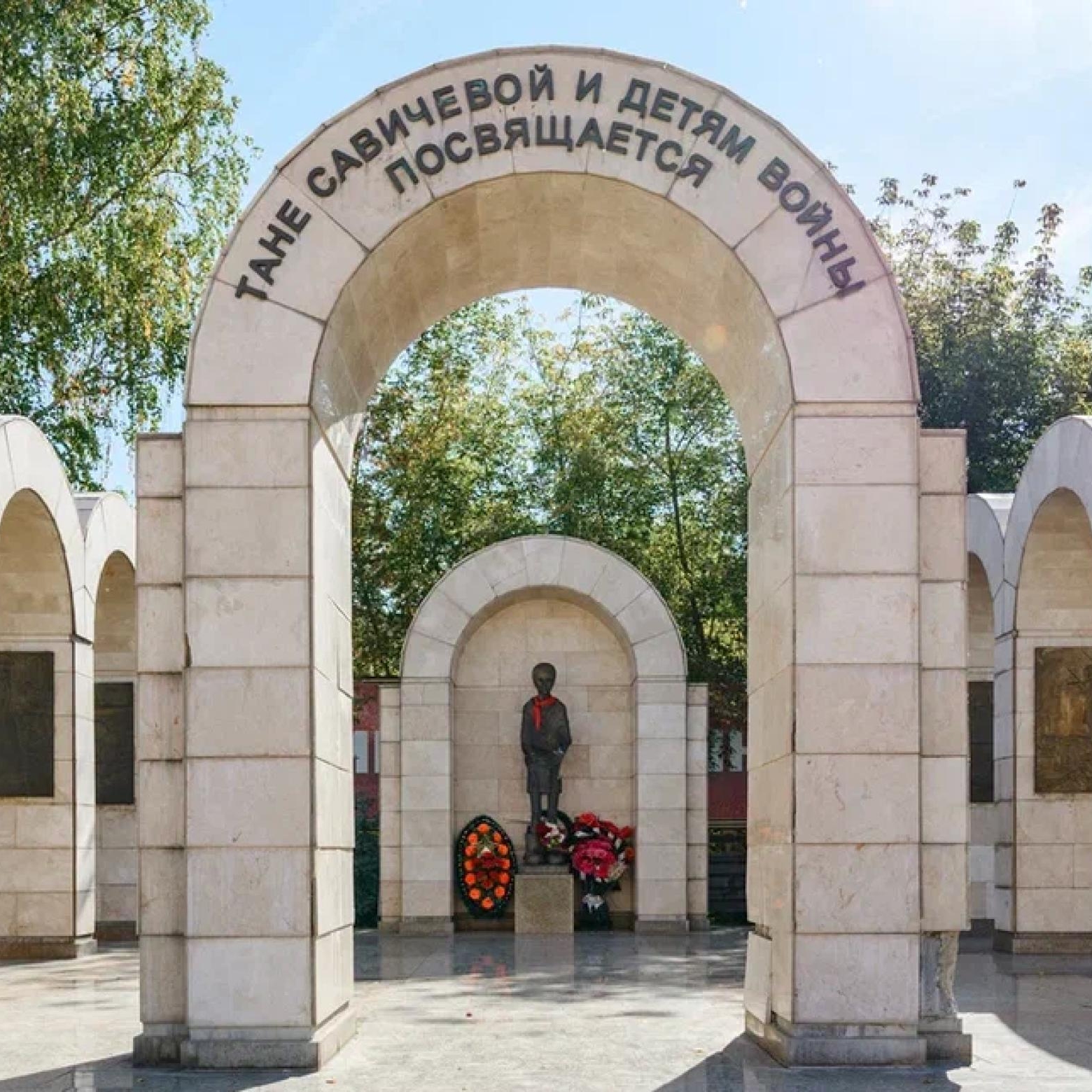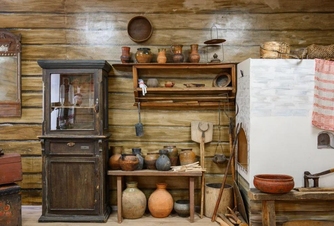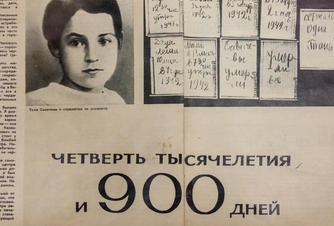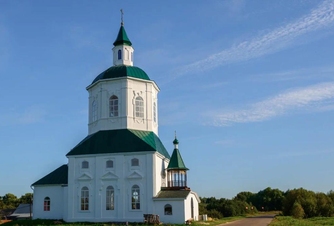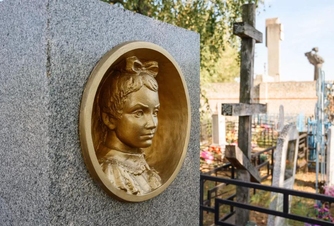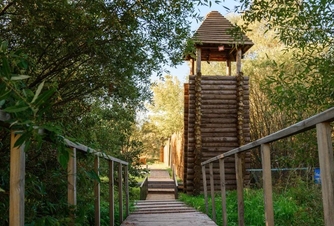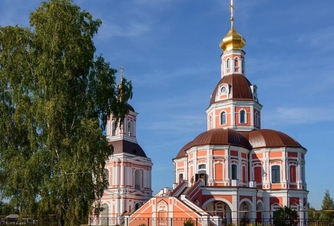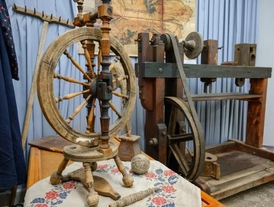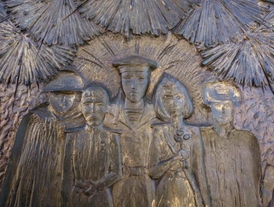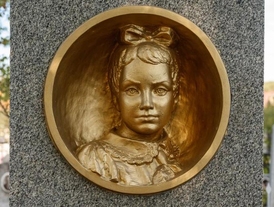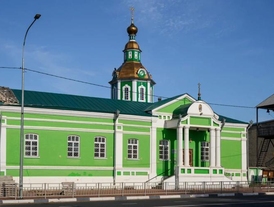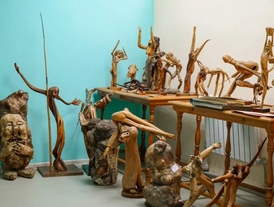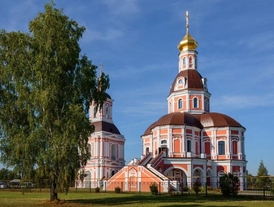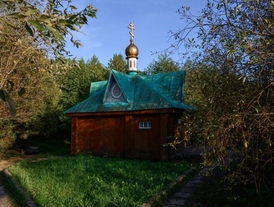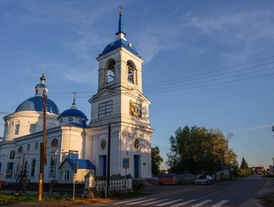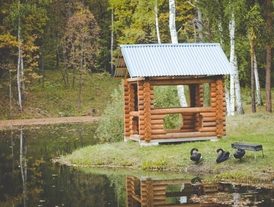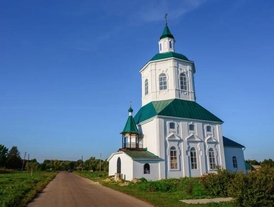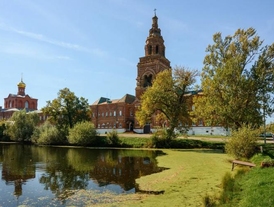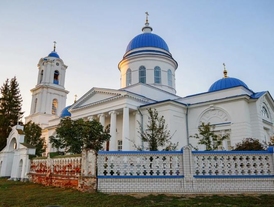Shatki
Shatki district in the south of the region is a former border area, known since the XVI century and served in the old days as a kind of gateway to Arzamas and Nizhny Novgorod. Local crafts are historically associated with the wood processing. One of the few mineral springs in the region flows here and there are lakes with therapeutic mud. Here are some things to do in the Shatki district.
A FEW FACTS
WHAT TO DO IN THE CITY
01
Study the history of the region in the Museum of Local History
The Museum of Local History is one of the not-to-miss points in the schedule of any trip around the region. The Shatki Museum of Local History has a classic exposition that tells about the history of the area, its nature, crafts, culture and way of life of the Russian and Mordovian peoples historically inhabiting this place.
02
Learn about the blockade life at the Tanya Savicheva Museum
A significant part of the Shatki district history is that Tanya Savicheva was evacuated from Leningrad in 1942. She is known for her diary, the most important document of the time of the Leningrad siege during WWII. Tanya died on July 1, 1944 in the Shatki district hospital from dystrophy and nervous exhaustion. The museum is dedicated to her memory. The life of Leningrad residents during the Nazi siege is presented here, and authentic wartime items are displayed.
03
Visit the most ancient temple of Shatki district
The temple, built in 1758 in the village of Britovo, is considered the oldest church in the area; its height is more than 30 meters. The temple is located in a very picturesque and secluded place. In addition to its architecture, it is worth paying attention to the surrounding space itself.
04
Honor the memory of Tanya Savicheva at her grave and at the memorial
The burial place of Tanya Savicheva was discovered only in the 70s, and in 1981, a monument was installed on her grave at the Shatki cemetery. There is also a memorial dedicated to the children of besieged Leningrad in Shatki. There is a monument to Tanya Savicheva in the center of the memorial.
05
Visit the museum of the history of the Shatki forest exploration
An outstanding new museum dedicated to the Shatki forest. Its exposition tells in detail how closely forestry and wood processing are connected with the life of local residents. Here you can also see architraves, woodworking tools, carved barrels and many other wooden items.
06
Collect mineral water in the sacred «Boiling Spring»
One of the few mineral water sources in the region is located near the same-named recreation center. Here, you can collect some water that is similar to the mineral waters of Pyatigorsk and Kislovodsk.
07
Visit the revived temple of the village of Hirino
The Forerunner is the central landmark of the Hirino village. It is a spectacular two-level church of the XVIII century, built in the style of Russian Baroque and recently restored. In addition, every year in mid-September, a large folklore and crafts festival «The Voice of Traditions» takes place in Hirino.
